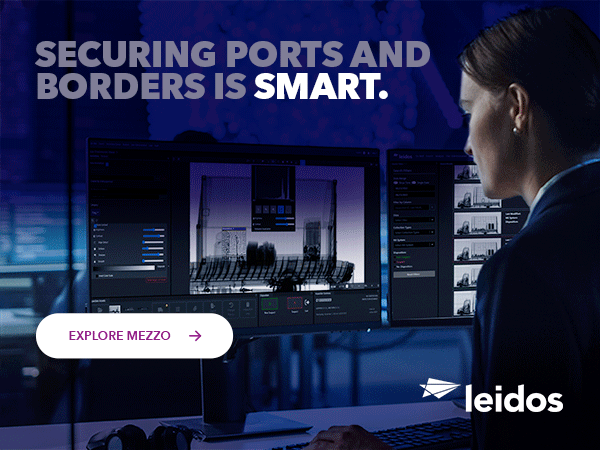WCO published a Study on the Digitalization of the Certificate of Origin
22 February 2024
By the WCO SecretariatIn 2022, the WCO Secretariat sent a questionnaire to the Organization’s Members to gather information on certification of origin processes and the digitalization of the certificate of origin (CO). Eighty-four Customs administrations responded, and a Study on the Digitalization of the Certificate of Origin, containing an analysis of the information received, was published in December 2023.
Digitalization is a relatively easy concept to understand. It is the process of converting information into a digital format – in other words, into bits and bytes. A digital version of an object, image, sound, document or signal (usually an analog signal) is generated through a series of ones and zeros, and can be exchanged automatically, machine-to-machine, without manual intervention.
In terms of the certificate of origin, there are two practices linked to this concept:
- the issuing of a certificate of origin in electronic format, digitally signed and stamped by the government authority or body authorized to issue it; and
- the exchange of computerized data between the competent authorities.
Out of 82 responding Customs administrations that operate an authority issuance system, 48 indicated that they implement both paper-based and electronic certificates of origin; 33 responded that they implement paper-based certificates of origin only, while one administration indicated that it implements electronic certificates of origin only. The Study presents the situation regarding the use of electronic Cos, the irregularities/fraud detected and potential solutions, the challenges involved in setting up an electronic CO issuing programme, and the main factors for success.
On the subject of systems for exchanging electronic data on origin, 22 administrations indicated that they had set up such systems, and 9 others were in the process of developing one. The Study then lists the data formats and the technologies used in the data exchange system. It also addresses the issue of verification of the data transmitted, and how systems can facilitate requests for verification of the authenticity and veracity of the data, or even automatically identify errors and omissions, or match origin data with that on the Customs declaration. Finally, the Study discusses the challenges involved in setting up an electronic data exchange programme, and the main factors for success.
In addition, the Study covers digitalization practices related to self-certification which allow exporters, producers or importers (depending on the Free Trade Agreement) to make an origin declaration on a commercial document (such as the commercial invoice, packing list, delivery note or bill of lading). This section sheds light not only on self-certification systems but also on practices related to digital self-certification and electronic data transmission for self-certification.
Finally, two Annexes should be of particular interest to Customs and trade operators alike:
- Annex III lists the competent authorities for issuing non-preferential and preferential certificates of origin in each of the countries having completed the questionnaire.
- Annex IV deals with self-certification systems, showing the countries where these schemes are in place and the type of schemes used.
More information

